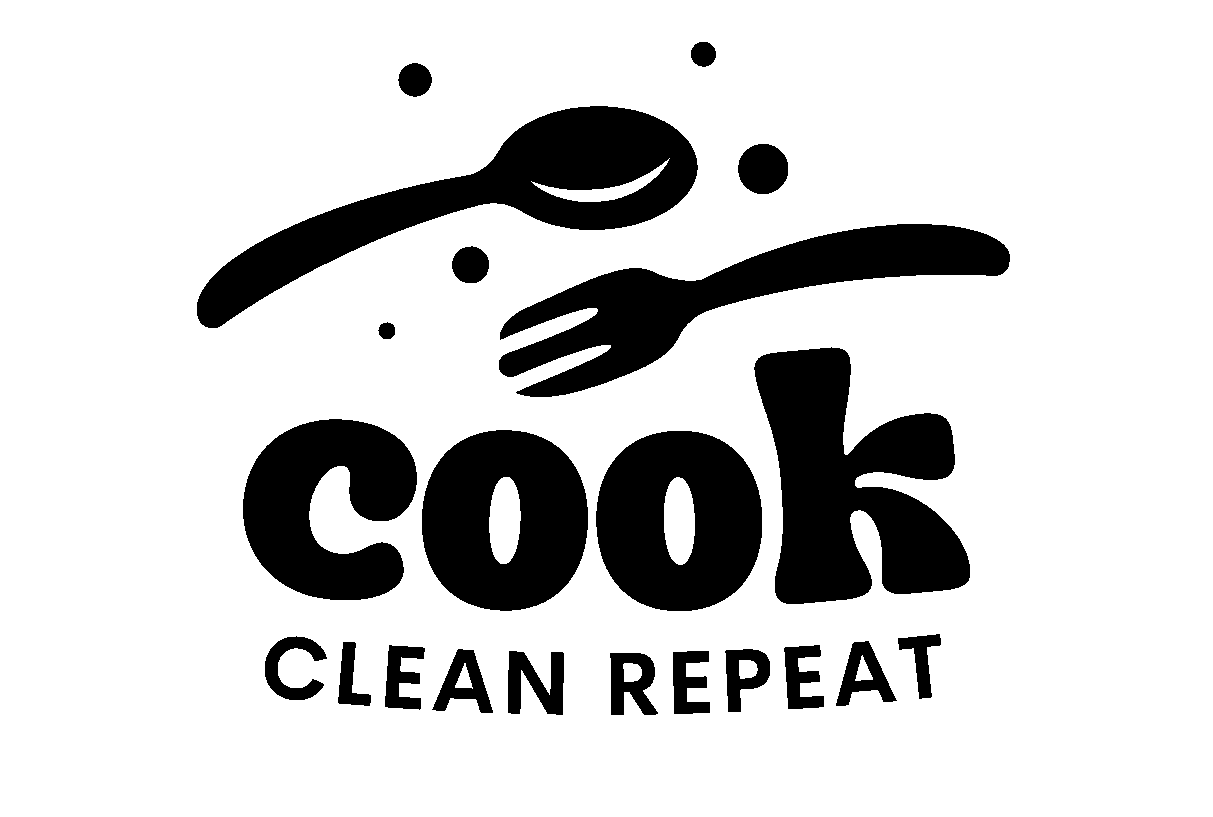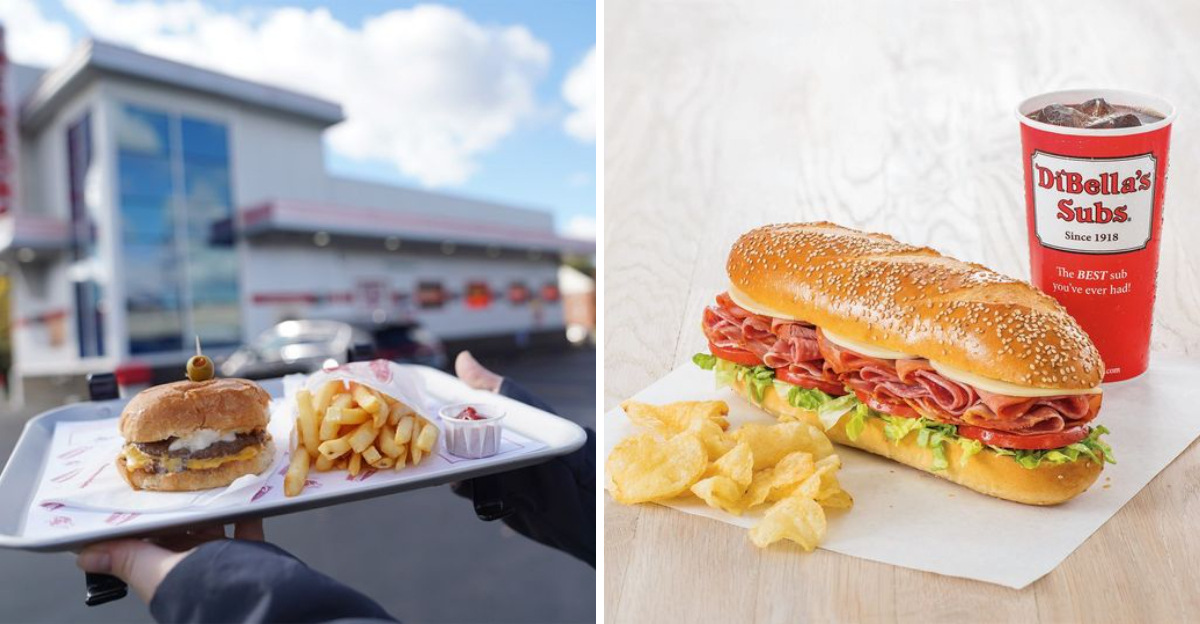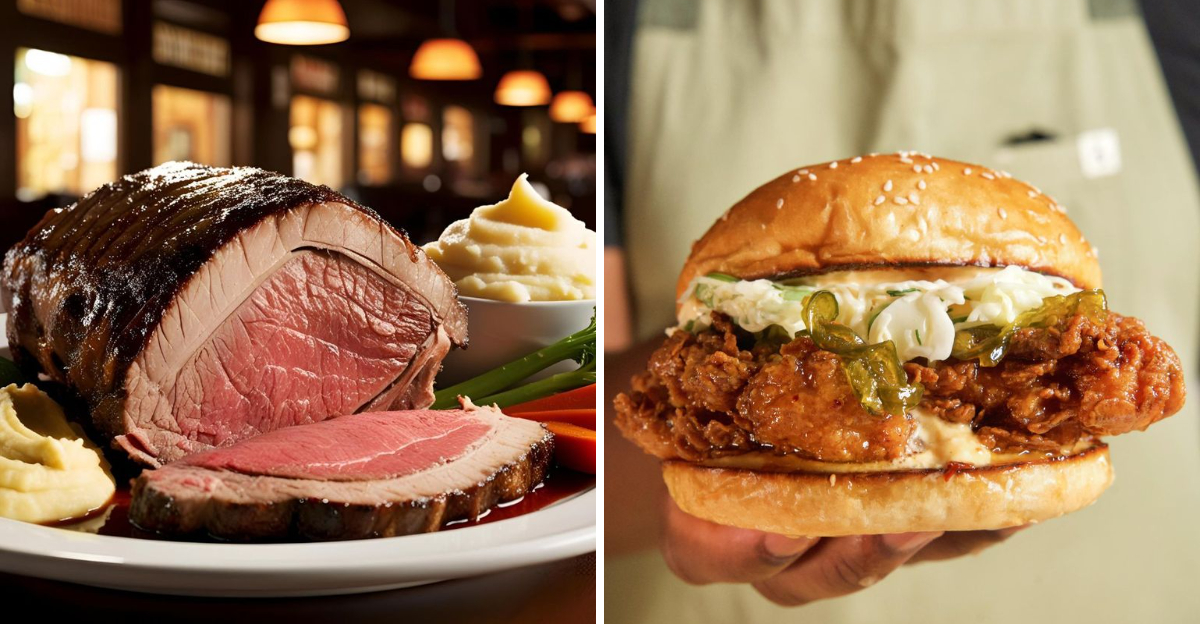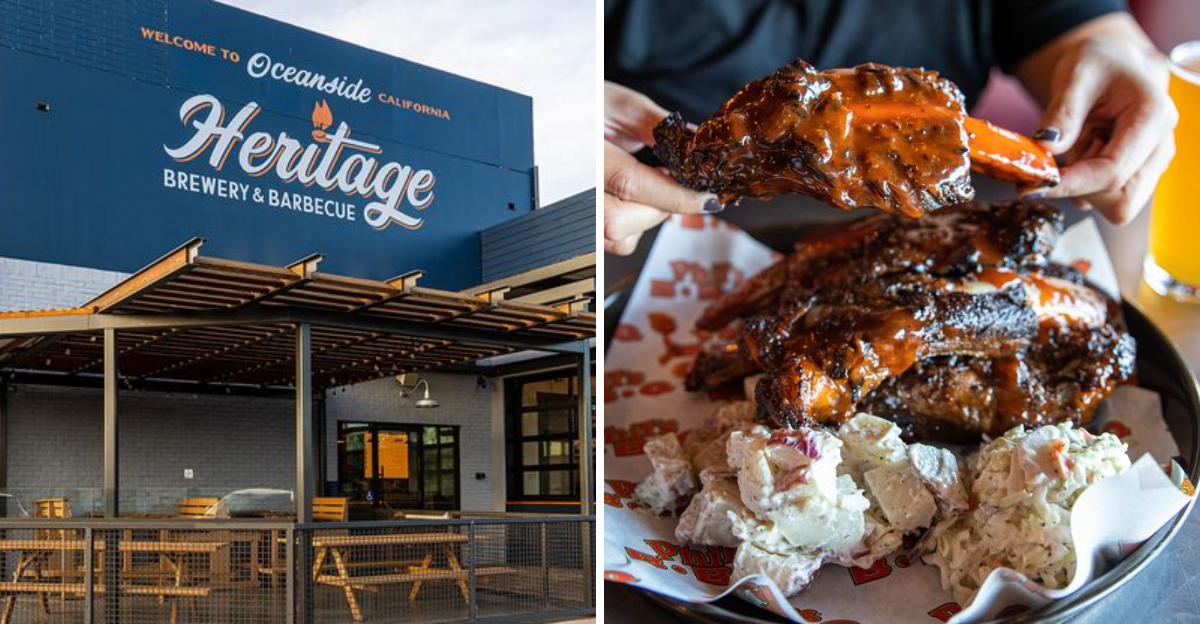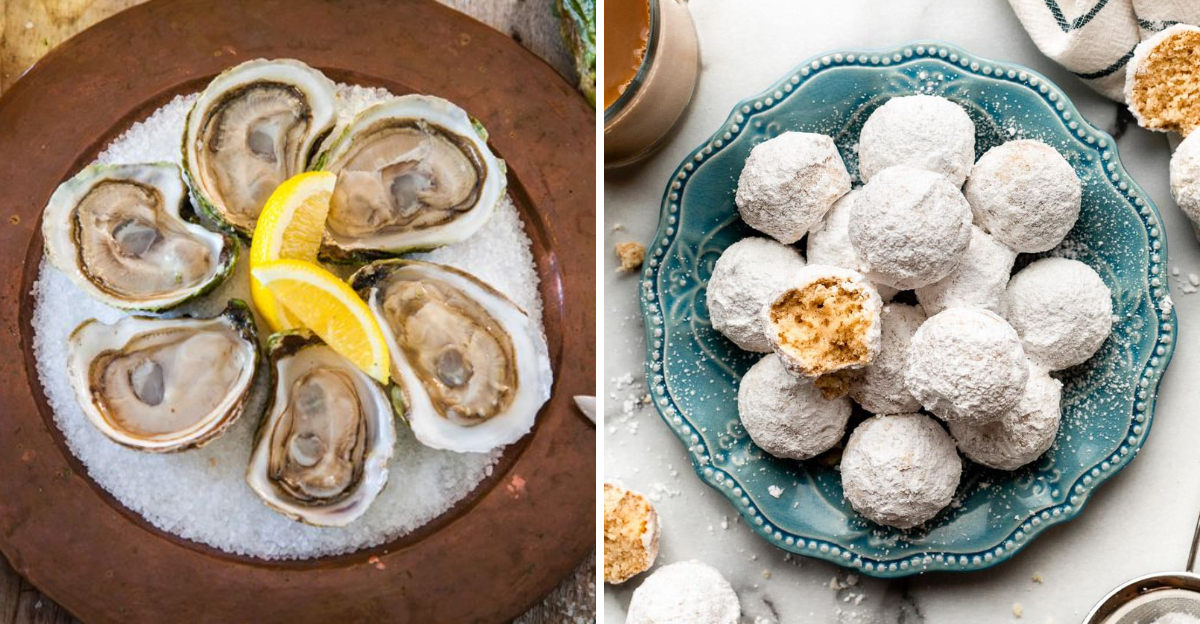20 Misleading Facts About Pizza You Probably Still Believe

Think you know pizza inside and out? A lot of what gets repeated in kitchens and pizzerias sounds convincing but quietly sabotages your pies. Once you separate myth from method, your crust crisps better, your cheese behaves, and the flavors finally pop. Read on to challenge the so-called rules and bake with confidence.
1. New York water is the secret to NY pizza

You have heard the legend that NYC tap water is the magic ingredient. Truth is, technique, fermentation, and proper heat matter far more than mineral content. A balanced dough formula and hot, consistent baking environment do the heavy lifting.
If your dough ferments well and your oven delivers strong bottom heat, you can nail NY-style anywhere. Adjust salt and hydration to suit your flour, not your zip code. Chase process, not plumbing, and your slices will taste unmistakably New York.
2. More yeast equals faster, better dough
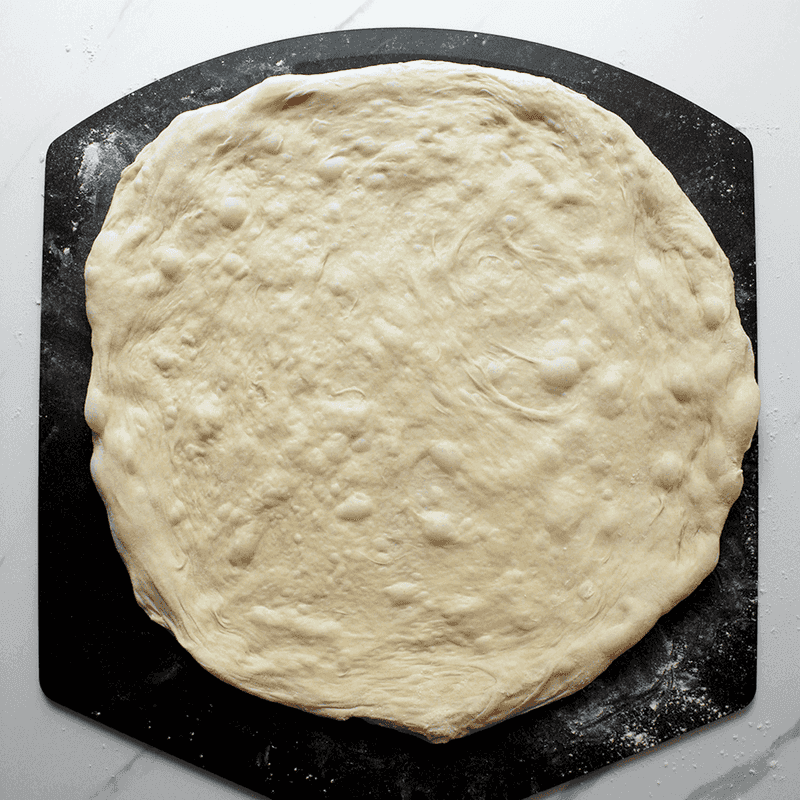
Dumping in extra yeast will make dough rise faster, but flavor gets left behind. High-yeast doughs inflate quickly and taste flat, with a tight crumb and weak browning. Low yeast paired with patience builds complexity and structure.
Let a modest amount of yeast work slowly in the fridge, and your dough gains aroma, extensibility, and color. You will also get better oven spring and easier shaping. Think long, cool, and controlled rather than quick and puffy.
3. Knead as long and hard as possible

Beating dough into submission sounds productive, but over-kneading tightens gluten and toughens the bake. You want enough mixing to combine and smooth, then time and fermentation develop the rest. Gentle folds outperform brute force.
After initial mixing, let the dough rest, then do a couple of stretch-and-fold rounds. The dough will strengthen without losing tenderness. Your final crust will be open, light, and pleasantly chewy instead of dense.
4. One quick room-temperature rise is enough

Countertop rises can work, but a single warm proof misses out on deeper flavor. Cold fermentation for 24 to 72 hours transforms dough into something special. Enzymes and yeast slowly create aroma and a more open crumb.
Chill the dough soon after mixing, then ball and rest until relaxed. Bake after a gentle warm-up. You will notice improved handling, better blistering, and a tastier crust with real character.
5. Olive oil belongs in every dough
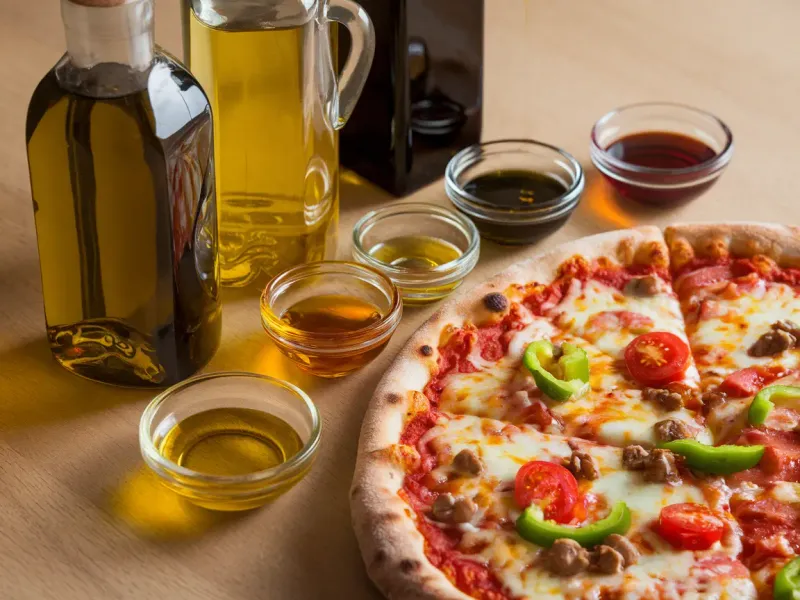
Olive oil is excellent for certain styles, but not all doughs need it. Pan and Detroit pies benefit from oil for texture and crisp edges. Neapolitan and many NY rounds skip oil to keep the crumb lively and puffed.
Add oil when you want tenderness, richness, or fried-edge crunch. Leave it out when maximizing oven spring and chew. Choose based on style, not habit, and your crust will match your goal.
6. All-purpose flour is worse than bread flour
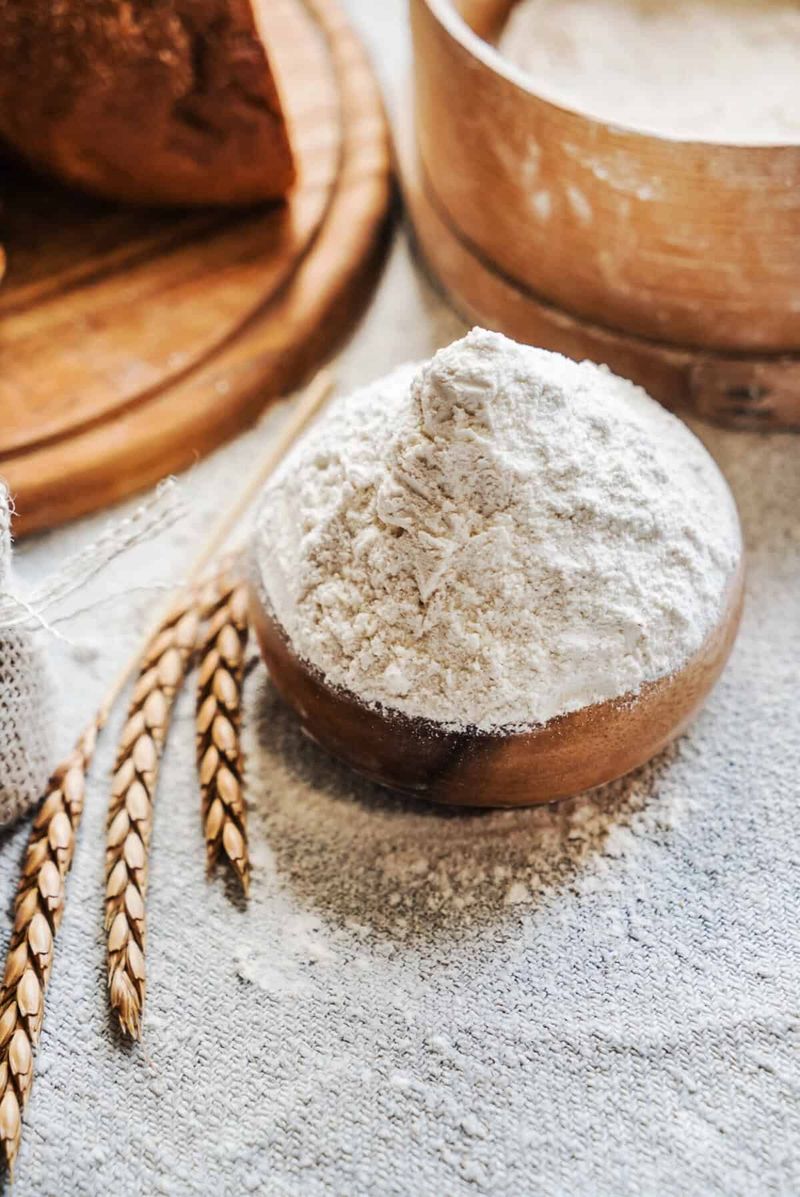
Flour choice depends on the style you are chasing. NY slices often prefer higher protein for chew and structure. Neapolitan favors finely milled 00 for tenderness and fast bakes.
Good AP flour can produce excellent pizza, especially for home ovens and moderate hydrations. Match protein and granulation to your bake temp and texture target. There is no universal best, only the best for your style.
7. Pre-cooking sauce makes it richer

Cooking the sauce can dull brightness and concentrate sweetness in ways that fight a quick bake. For classic high-heat pies, a raw, lightly seasoned tomato sauce tastes fresher and pops after the oven. The heat cooks it just enough on the pie.
Use quality tomatoes, salt, maybe a touch of olive oil and oregano. Skip the simmer unless the style demands it. Your sauce will sing with clean, lively acidity.
8. Fresh mozzarella is always superior
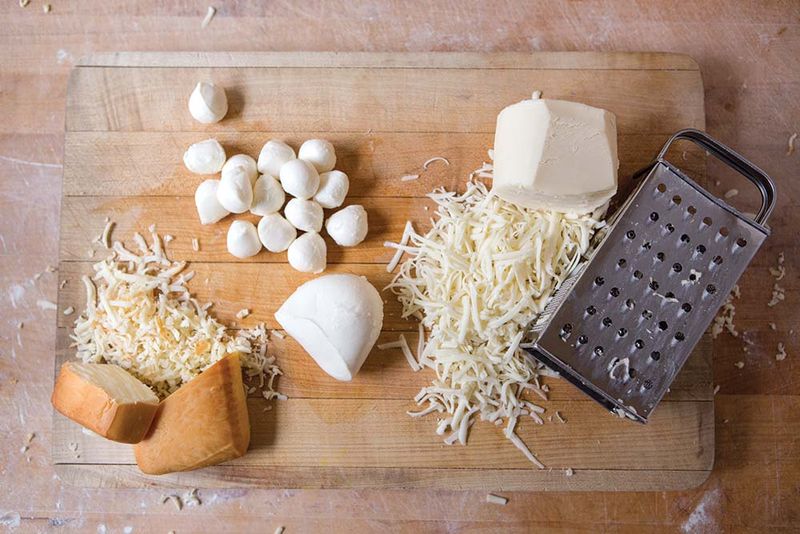
Fresh mozzarella rules on Neapolitan pies, but it is not a universal upgrade. Its moisture can overwhelm a slice, especially in home ovens. Low-moisture mozzarella browns evenly and stays stable on NY-style pizzas.
Pick cheese for performance and style. Drain fresh mozz if you use it, or blend with low-moisture for balance. The goal is melt, stretch, and flavor that match the bake.
9. Load the toppings for more flavor
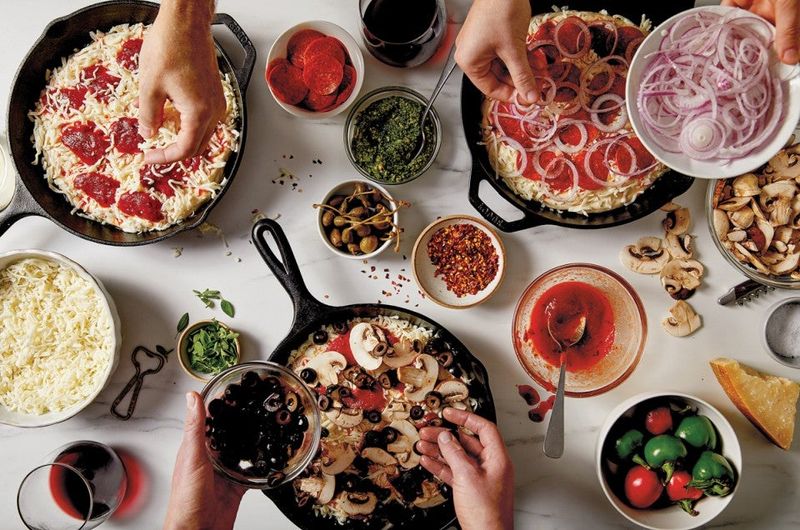
Stacking toppings feels generous, but too much weight traps steam and sogs the crust. A balanced pie bakes crisp and keeps flavors distinct. Less mass means better heat transfer and a clean bite.
Use fewer, higher quality toppings and spread them thoughtfully. Let the dough, sauce, and cheese shine. You will get better texture and a slice that holds up.
10. Pepperoni should always go on top

Pepperoni on top gives iconic cupped edges and char. Tucking it under cheese can be better in very hot ovens, preventing scorching and drying. It renders gently and infuses the pie.
Choose placement based on oven heat and desired texture. Top for crisp cups, under for juicy melt. Either way can be delicious when matched to your bake.
11. You must use a pizza stone

Stones work, but steels deliver even more bottom heat and faster recovery. In home ovens, that extra thermal conductivity shortens bake times and boosts leopard spots. Your crust crisps faster with better oven spring.
Preheat a thick steel thoroughly and bake on the top rack. You will get restaurant-level bottoms without fuss. It is a simple upgrade that pays off immediately.
12. High heat burns cheese
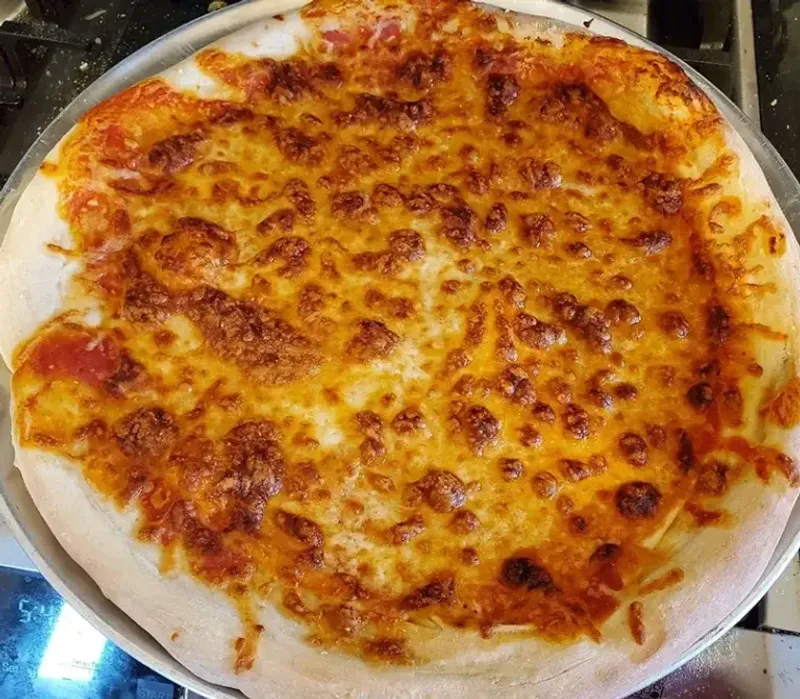
Cheese does not instantly burn at high heat if managed properly. Excess moisture and heavy saucing cause scorching and oily separation first. Properly drained cheese handles 500 to 900 degrees just fine.
Keep toppings dry and restrained, and bake hot for quick, even melt. You will see caramelization, not ruin. Control water, not just temperature.
13. Cornmeal on the peel is required

Cornmeal can scorch and leave bitter grit on the bottom. A light dusting of flour or fine semolina launches smoothly without burnt flavors. Less mess, cleaner taste.
Dust sparingly and shake the peel to ensure freedom before launching. Work quickly to avoid sticking. Your crust will bake crisp and taste pure.
14. Pinch the rim to get a bigger cornicione

Pinching squeezes out gas and kills the puff you want. The cornicione grows when edge gas stays intact. Gentle shaping and light handling do the job.
Press the center and leave a margin untouched, then stretch. Launch without deflating the rim. Your crust will rise tall and airy with minimal effort.
15. Slice immediately out of the oven
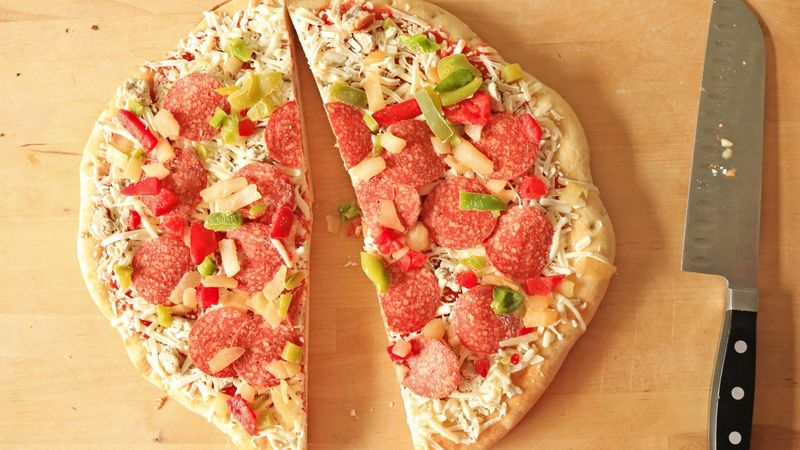
Cutting right away leads to cheese slide and messy slices. Give the pie 60 to 120 seconds to set and stabilize. The crust stays crisp and the toppings stay put.
That short rest also protects your palate from lava-level heat. You will get cleaner cuts and better presentation. Patience makes prettier slices.
16. Leftover pizza must be microwaved
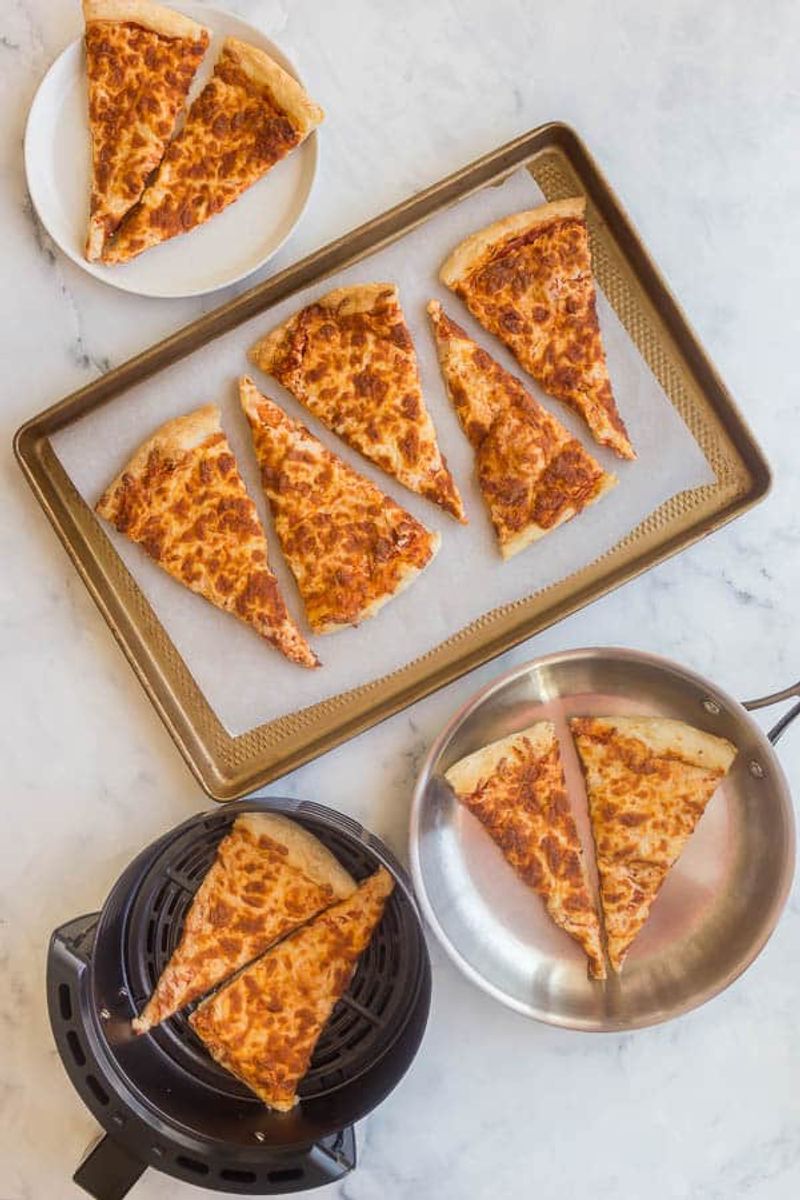
The microwave softens the crust and turns it rubbery. A skillet or air fryer brings back the snap while remelting the cheese. Cover for a moment to steam the top, then uncover to re-crisp.
Low to medium heat for a few minutes is enough. You will revive yesterday’s slice without sogginess. Goodbye, sad leftovers; hello, crunch.
17. Pineapple does not belong on pizza

It is a style choice, not a moral law. Sweet fruit can work when balanced with salty ham or bacon and a restrained sauce. The contrast makes every bite lively.
Use smaller chunks, pat them dry, and keep the rest of the toppings light. You will get harmony instead of sog. Preference rules, not dogma.
18. Anchovies make pizza taste fishy
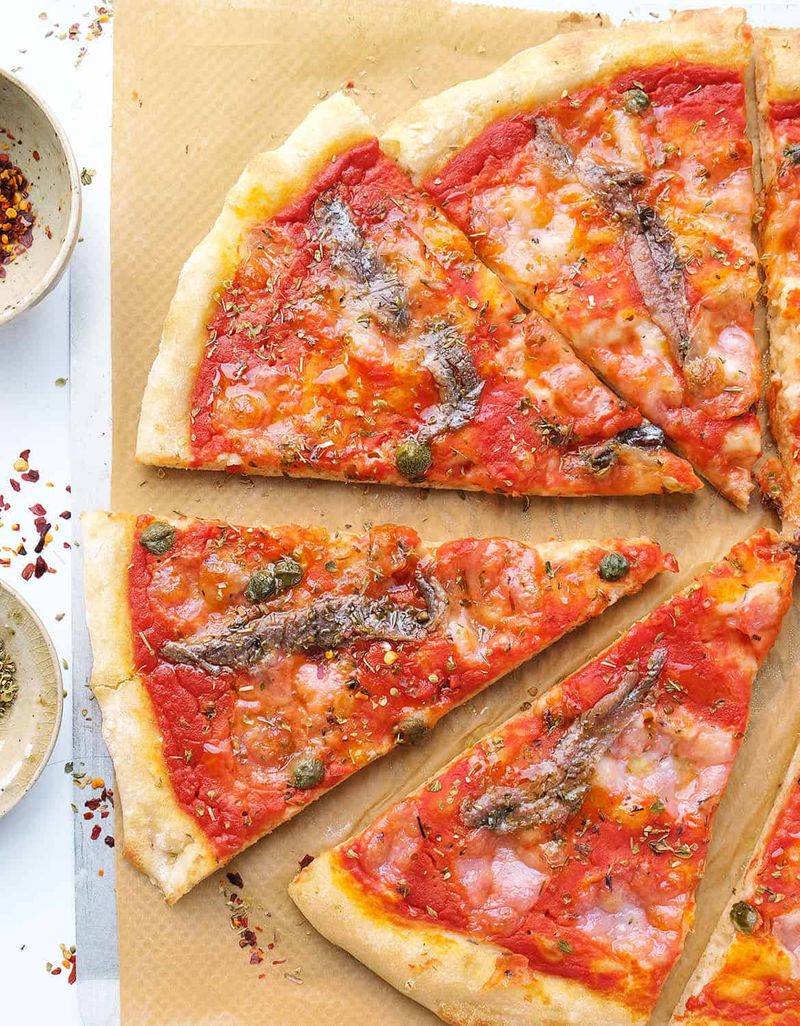
Anchovies bring umami depth more than overt fishiness when used sparingly. Melt them into the sauce or tuck under cheese for a savory boost. The flavor rounds out the pie.
Balance with mild cheese and bright tomato. You will taste complexity, not bait. Small amounts go a long way.
19. Gluten-free means a gummy crust
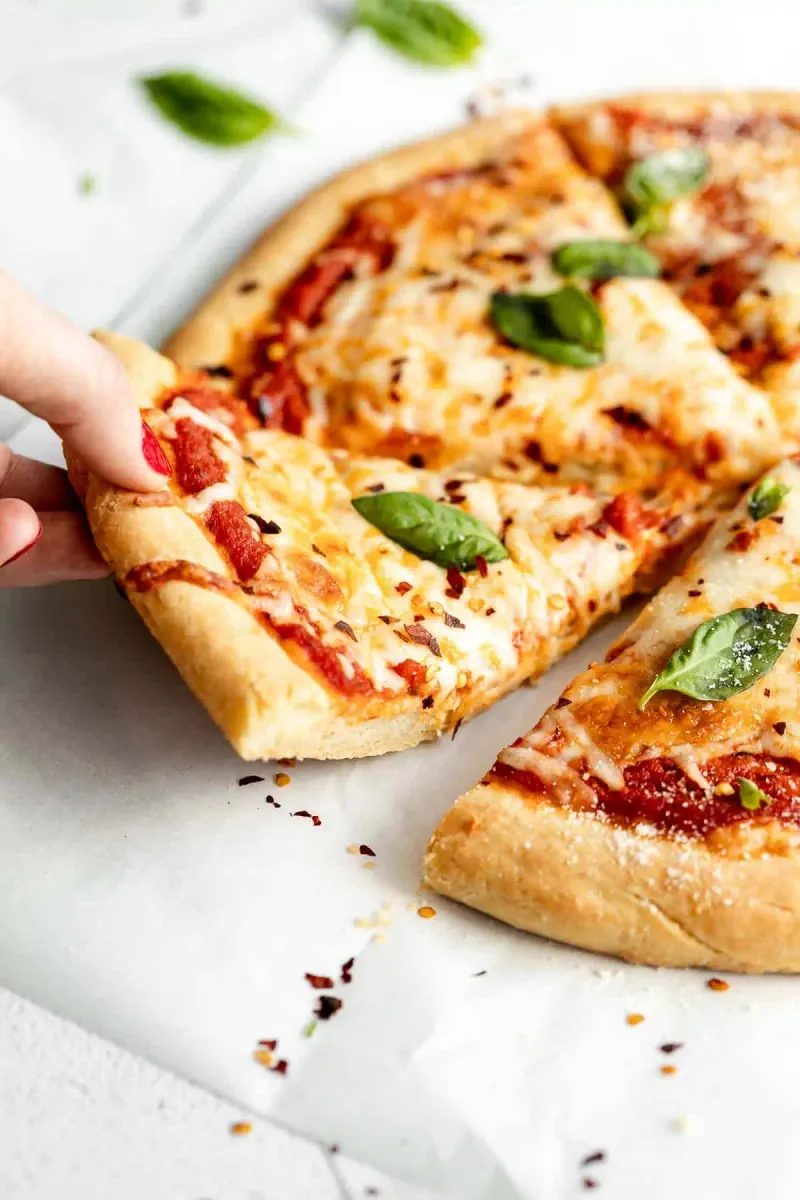
Old GF doughs often turned gummy, but modern blends and technique have changed the game. A short par-bake plus extra bottom heat yields a crisp, flavorful base. Hydration and binders matter.
Use a quality GF blend, pre-bake, then top and finish hot. The texture can rival wheat crusts. No compromise required for crunch.
20. Frozen dough is always inferior

Good frozen dough, thawed slowly in the fridge, can bake beautifully. The key is controlled thaw and proper final proof. Rushed warming leads to weak structure.
Plan a day ahead, then let the dough relax before shaping. You will get flavor, oven spring, and ease of use. Convenience and quality can coexist.
